From the TS Editors:
In the first of this 2 part series, the TravelSquire reports on the Met’s current out of the box offerings (at both branches) this summer for residents and lucky visitors to the island of Manhattan.
![the_met_logo[1]](https://travelsquire.com/ts/wp-content/uploads/2016/01/the_met_logo1.png)
With a fresh new red logo, the rebranded Metropolitan Museum of Art has stepped up to the plate with a travel-worthy exhibit at the Met Breuer. For the price of a single admission you can enjoy a stroll over to the main museum on Fifth Avenue to catch other exhibits.
“Unfinished: Thoughts Left Visible”
At the Met Breuer
When is an artist actually finished with a specific work? The inaugural show “Unfinished: Thoughts Left Visible” at the Met Breuer, the former Whitney Museum, asks that simple question. The show displays a fascinating collection of works by artists spanning seven centuries – those left unfinished by accident or intentionally as an aesthetic “non finito”, those meant to merely look unfinished and perhaps most provocatively, those for which there are no answers.
This marks the Met’s engagement with contemporary art but more importantly exhibits the museum’s unrivaled ability to mine its scholarship and collection, flex its borrowing power and anchor any show within a broad historical context. Viewers are rewarded with access to the artist’s creative process, much like a studio visit which would only be possible through time travel.
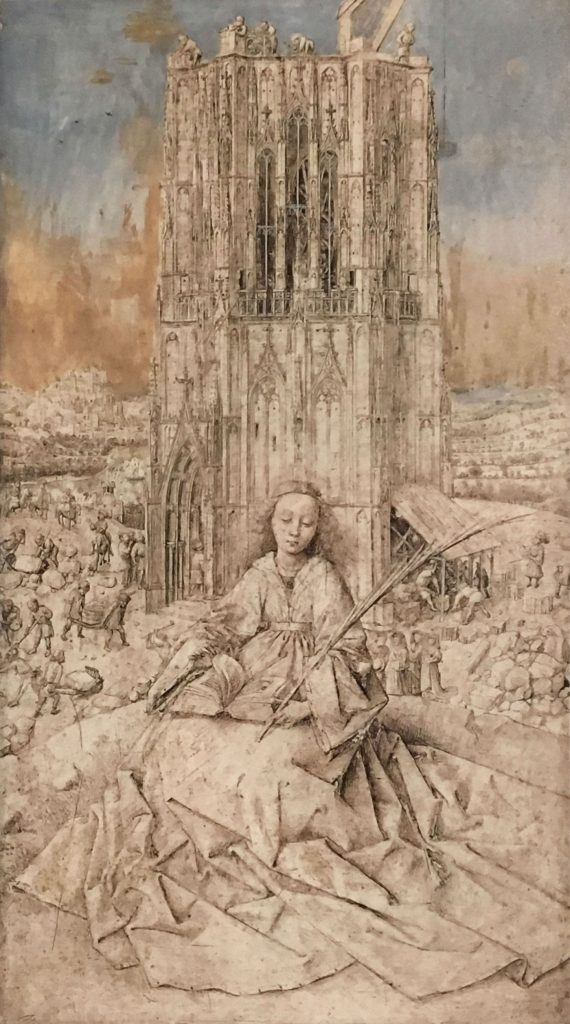
Is it a finished drawing or an unfinished painting?
Photo: Jen Fong
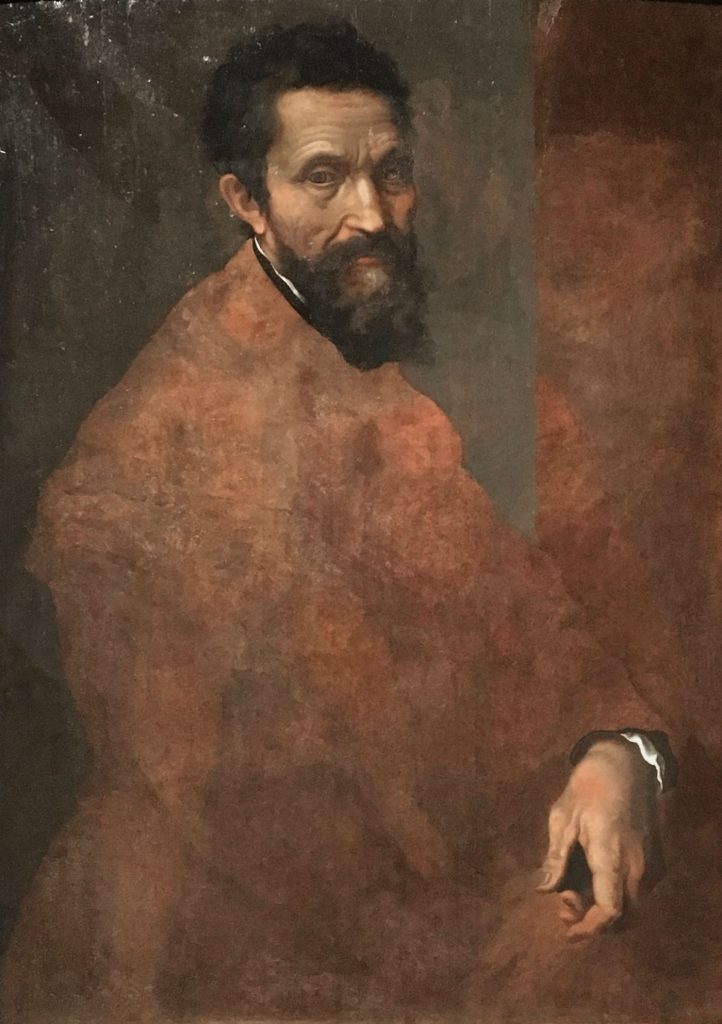
This portrait inspired numerous copiers who attempted to paint the rest of his torso.
Photo: Jen Fong
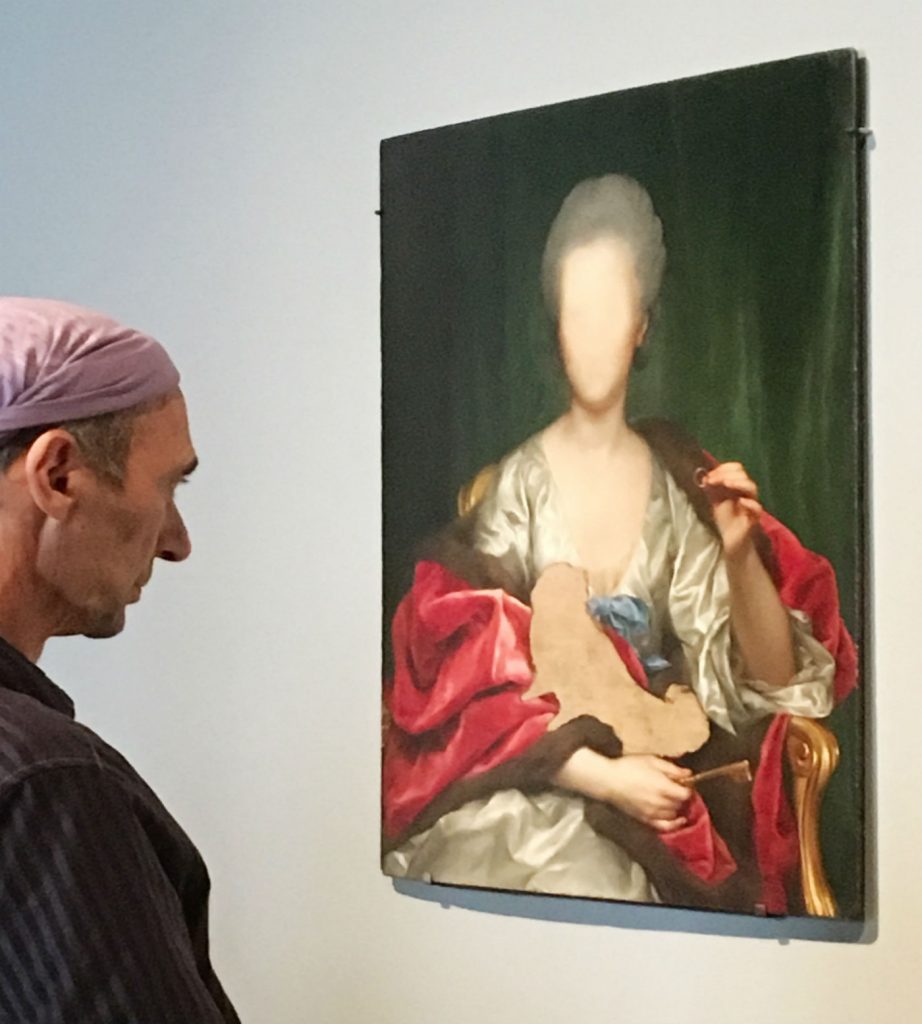
In this haunting portrait the painted over features are faintly discernible.
Photo: Jen Fong
There is an appropriate chapel like feeling in the room dedicated to 5 luminous works by J.M.W. Turner. These works, part of his huge bequest to the British nation after his death in 1851, were not exhibited until 1966 at the earliest. The atmospheric, almost abstract paintings show how Turner grappled with representation/narrative and abstraction by eventually excluding the narrative altogether. According to scholars, Turner considered these paintings “finished”.
Similar works were scorned by contemporaries and commissions were rejected by collectors. Painted when the mark of the brush was subservient to representation, his use of color through experimental painting techniques was a direct influence on Monet, the founder of Impressionism to Abstract Expressionists such as Robert Motherwell and Helen Frankenthaler.

Probably a depiction of Lake Lucerne in Switzerland, exhibited at the MOMA in 1966
Photo: Jen Fong
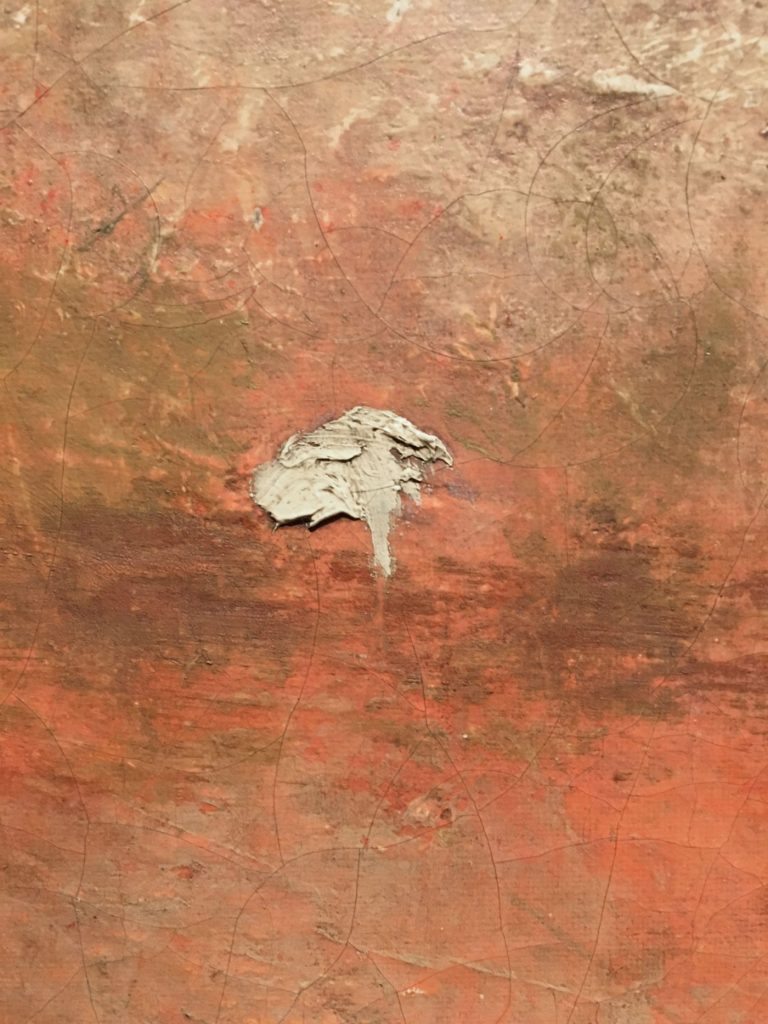
An example of Turner’s inspired mark making
Photo: Jen Fong
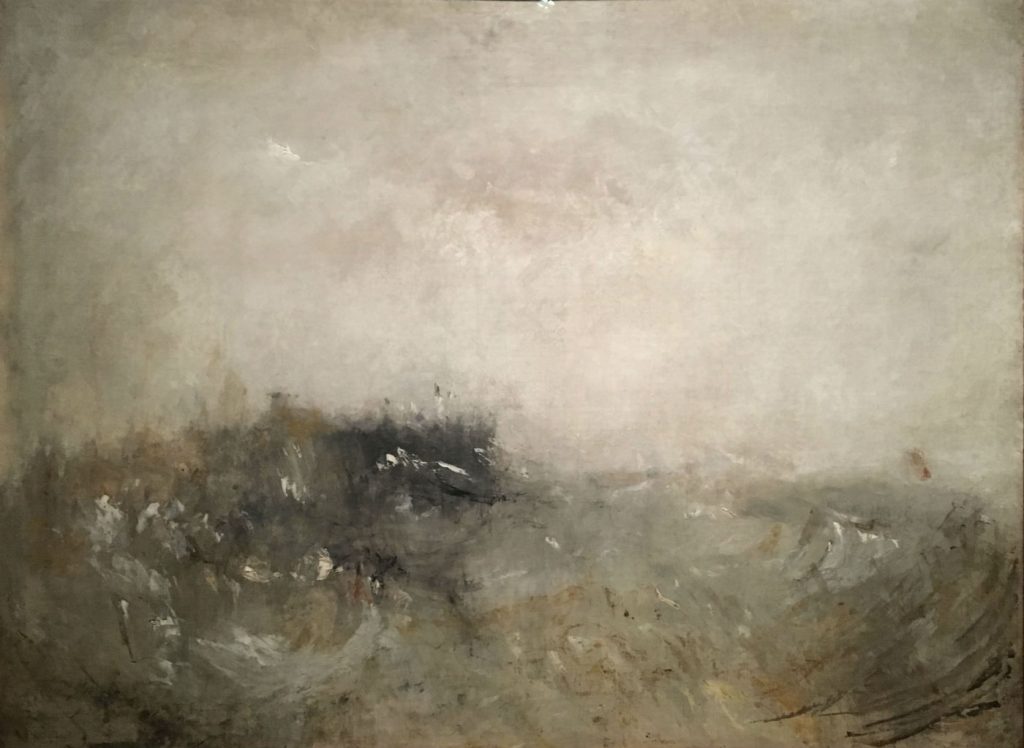
Photo: Jen Fong
Edgar Degas’s Scene from the Steeplechase, The Fallen Jockey, was exhibited in 1866 at the Paris Salon and taken back to the studio. Consequently, it was reworked at least 3 times in a 30 year period. The finely painted head of the fallen jockey, modeled by his brother Achille, was left untouched while he wrestled with the rest of the composition. This occurred during a pivotal stage in his career – the shift into subjects in spontaneous gestures which was afforded through his use of photography as a reference. His dialogue with this painting enabled him to create the masterworks which were allowed to leave the studio.
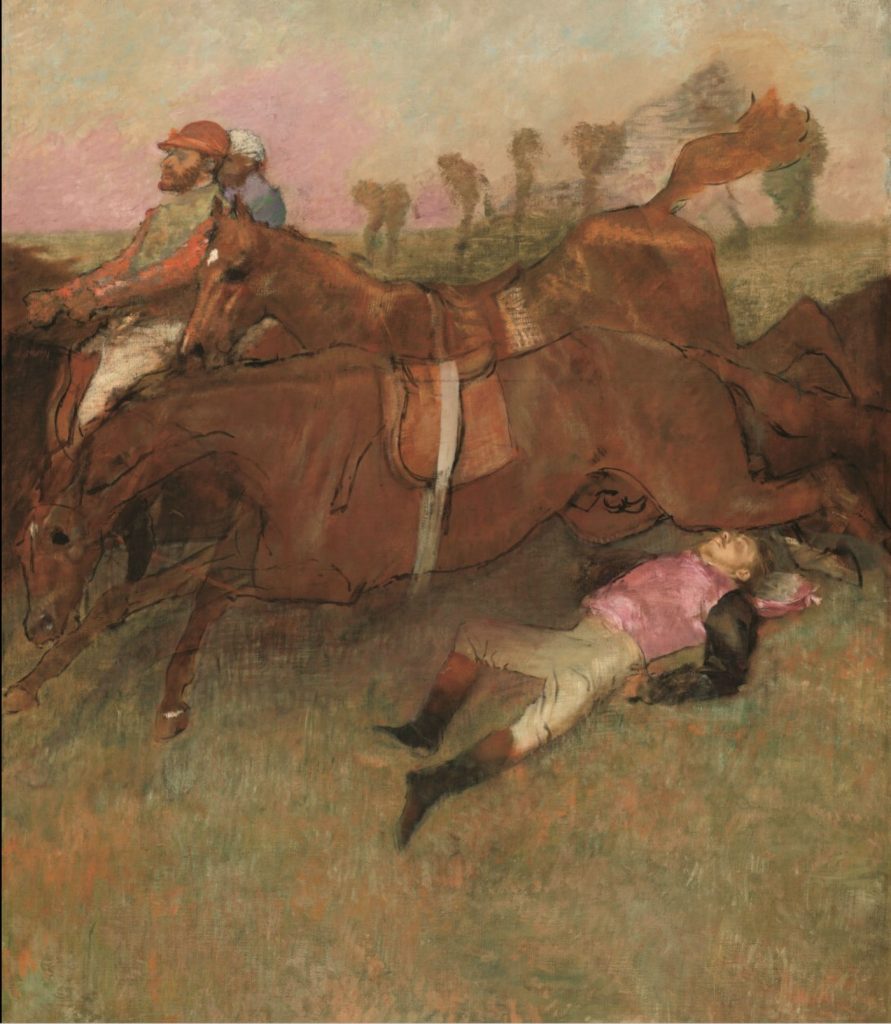
*Reworked 1880-1881 and c. 1897
Photo: Courtesy National Gallery of Art
Van Gogh moved to the village of Auvers Sur Ois to be close to his doctor for what would be the last few months of his life.
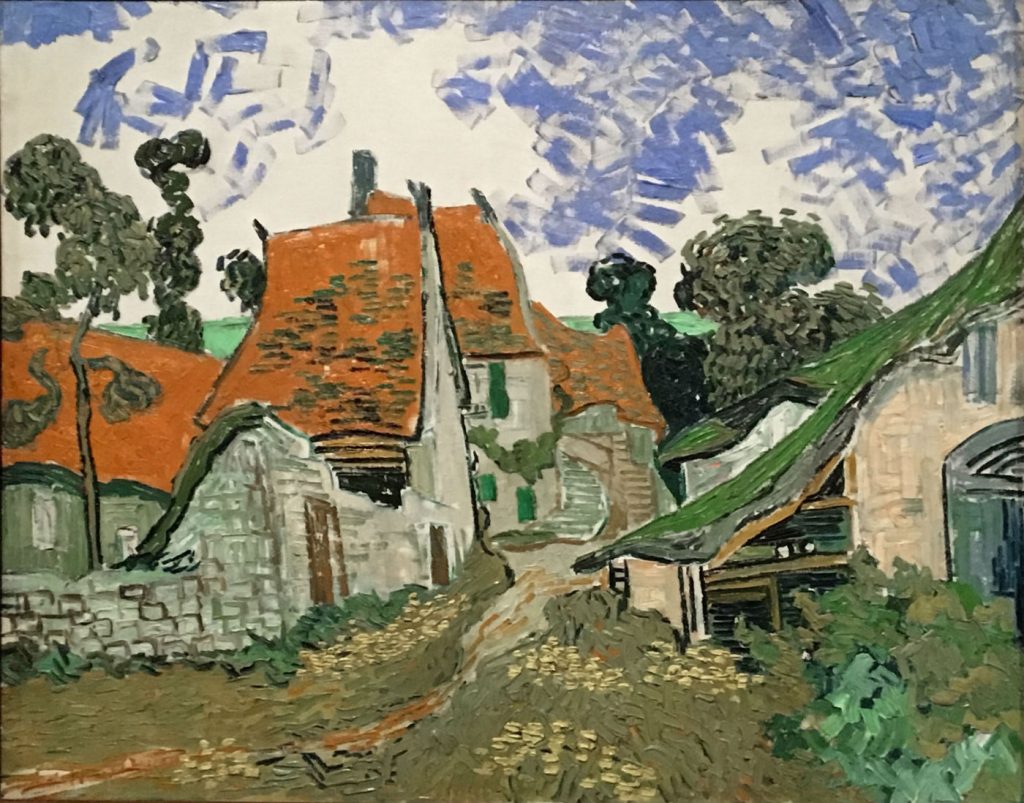
He started but couldn’t finish this painting after his last mental collapse
Photo: Jen Fong
*Like this? Check out Part 2
The Met Breuer
945 Madison Ave. (75th)
www.metmuseum.org/visit/met-breuer
*Through September 4th

